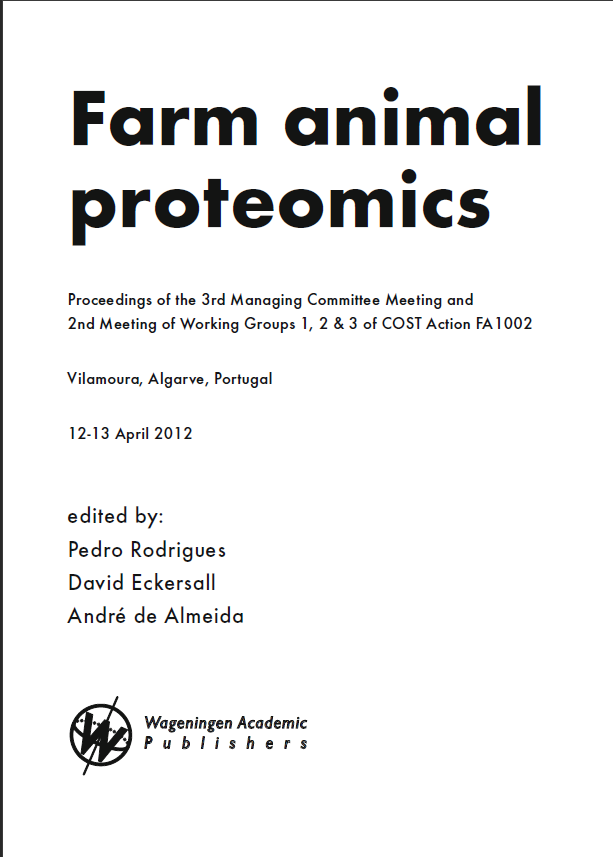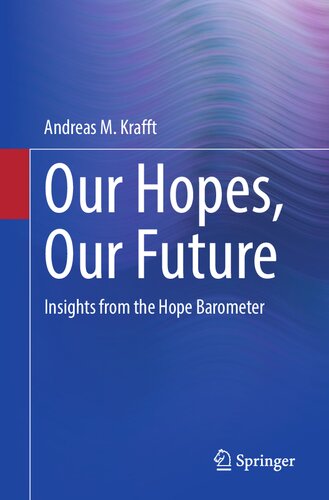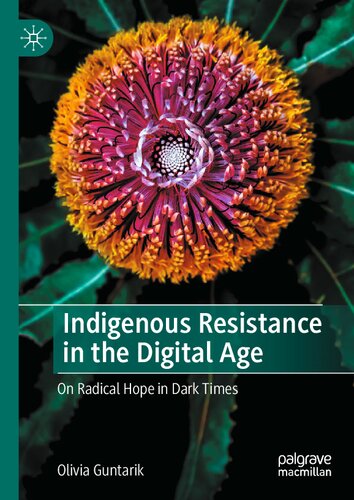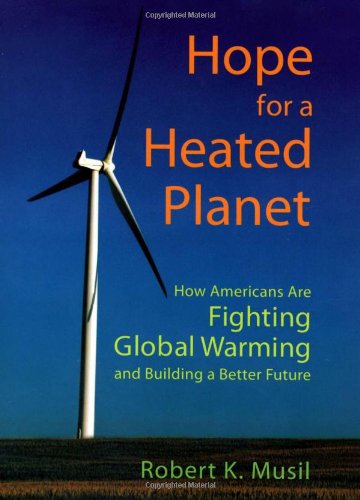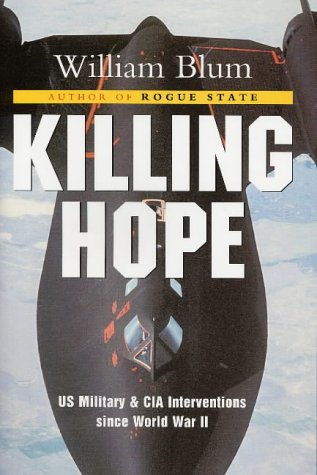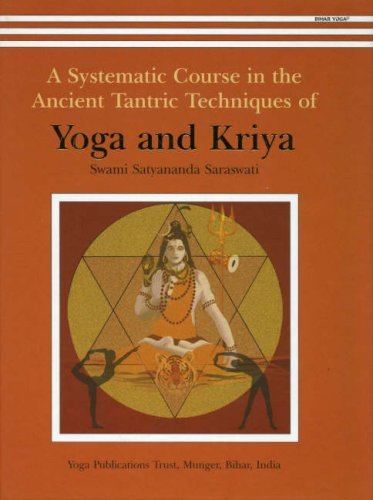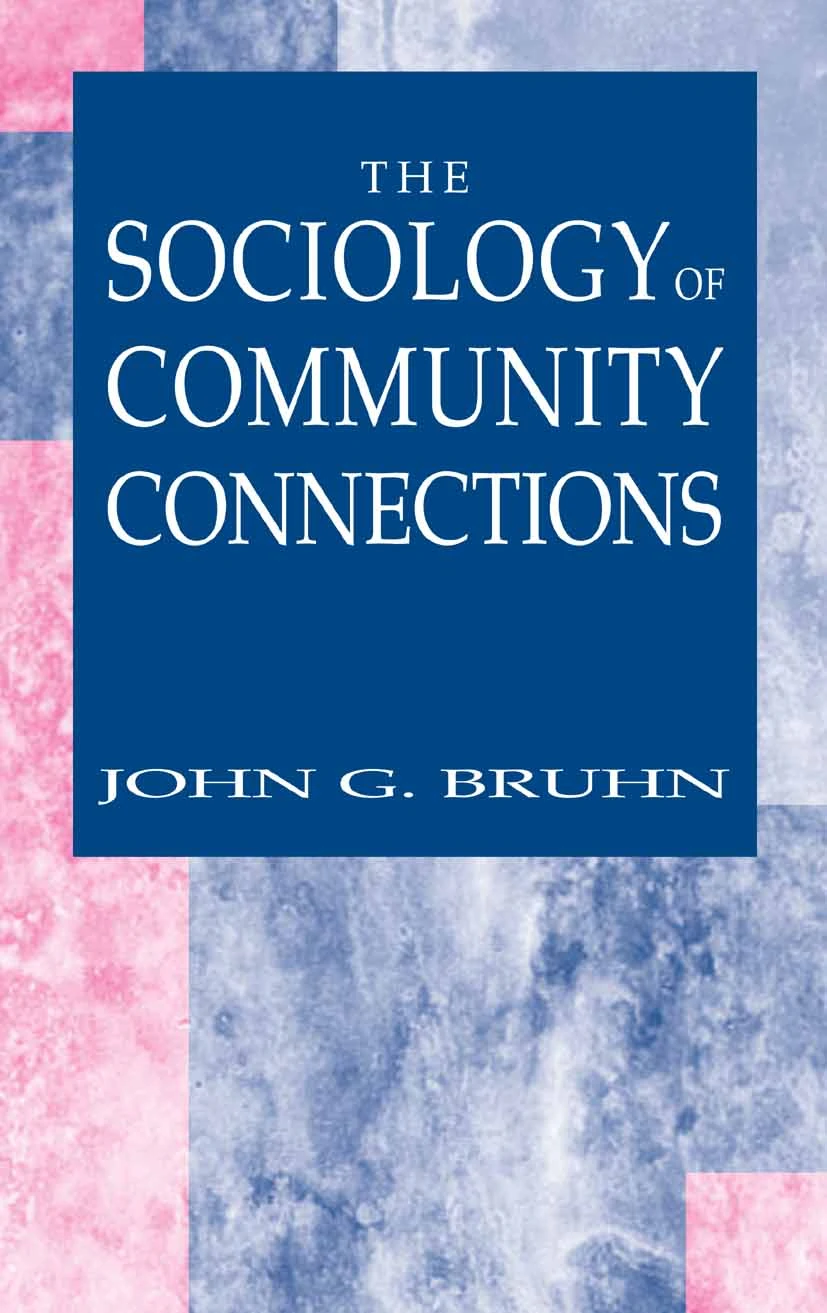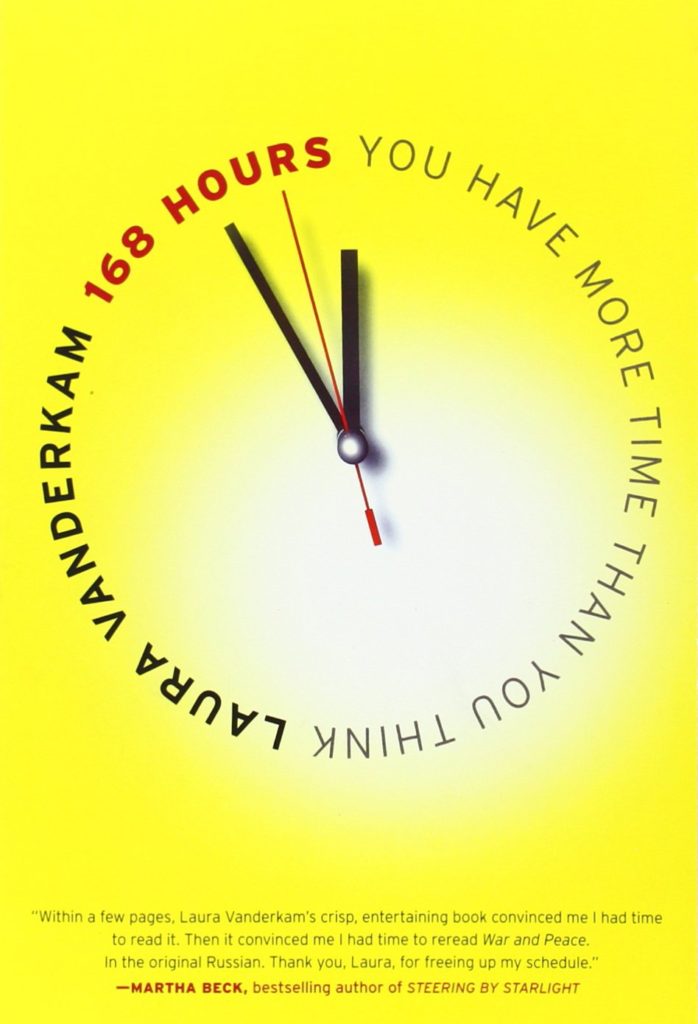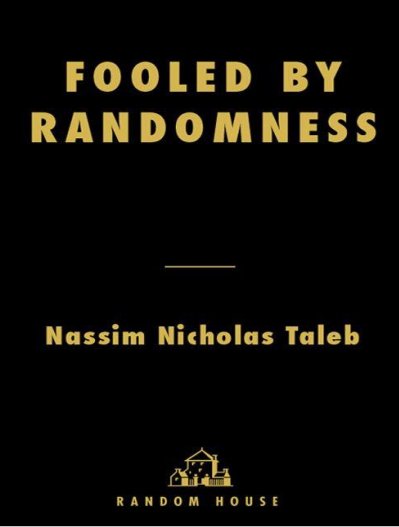موضوعات
آموزش و پرورش
ادبیات و زبان
پزشکی، دندانپزشکی و داروسازی
تاریخ و جغرافیا
داستان و رمان
دیگر
دین و فلسفه
روانشناسی
ریاضیات و آمار
سلامتی، تناسب اندام و رژیم غذایی
شیمی و پلیمر
علوم اجتماعی و حقوق
علوم زیستی و بیوتکنولوژی
فیزیک و نجوم
کامپیوتر و اینترنت
کتابهای کودکان و داستان
کسب و کار و اقتصاد
کشاورزی و دامپزشکی و غذا
معماری
مهندسی و فناوری
هنر و تئاتر
محصولات
Our Hopes, Our Future: Insights from the Hope Barometer - Original PDF
نویسندگان: خلاصه: The results of the Hope Barometer for the years 2019 and 2020 sketch a rather dark future full of crises and show the psychological consequences of such sce- narios. If we as individuals and as a society are to flourish, we need images of a hopeful world that will promote our commitment and cohesion. But what does it take to ignite the flame of hope for a livable future together without a naive optimism trivializing and playing down the current problems? Hope contains the belief in a better world but also the recognition of obstacles and the moti- vation to act. This book presents the phenomenon of hope in connection with individual psychological findings and socially relevant developments. After the psychological basics of future thinking, the general expectations and wishes for the future of around 10,000 people from fourteen countries are presented. The experiences of the Corona pandemic give hope because they show how people can deal successfully with crises. This results in the importance and character of individual and social hope.Indigenous Resistance in the Digital Age: On Radical Hope in Dark Times - Original PDF
نویسندگان: خلاصه: 1 CHAPTER 1 Introduction: Wild Things Written with my mountain home and First custodians Aki Nabalu and Odu Nabalu This is a chapter about place and Indigenous resistance. I am writing out of the politics of the two homelands I occupy in my mind as an Indigenous woman moving between two worlds. My voice is the bridge between two worlds. Places are never captured precisely in words or pictures. They are always more. Mount Kinabalu, the highest peak on Borneo island, is dotted with rock edges. Before it was damaged by an earthquake in 2015, one rockface took the shape of a donkey’s ear and was named so. It was the image that came to mind for the person who named it long ago but I have to say: What a diminutive title! I have to muse when this person looked up to that enor- mous pinnacle whether he heard a donkey’s ‘hee-haw’ braying down to him. Conservationist David Attenborough climbed Mount Kinabalu in 1975, describing a landscape of magical beauty. Granite pinnacles jutted skyward. The sky seemed to move as you climbed, as did the rockpools at the peak reflecting the stars. We learn the ascent was challenging, that nature came bearing gifts. Wild myrtle, rhododendrons, orchids, ferns. © The Author(s), under exclusive license to Springer Nature Switzerland AG 2022 O. Guntarik, Indigenous Resistance in the Digital Age, https://doi.org/10.1007/978-3-031-17295-3_1 2 Fig. 1.1 Mount Kinabalu from Kundasang. My grandfather Tumbaki, my mother Molly and my aunty Wendy. Photo credit Moffen Gondoloi Gifts that carried not just life but ominous signs. Pitcher plants shimmered with poison water, tricking insects in a dance of death. And so we learn of nature’s realities. Life and death, doom and gloom, smoldering side-by-side. Words. Pictures. A perspective from high up. Reading his words today, Attenborough’s (1975) nature walk up the mountain rumbles with sound. Frogs bleeeerrk-bleeeerrk at the lower reaches. Birds trill louder and louder farther up the trail. Birds in this part of the world do not fly away on approach; so tame, they scurry at the walker’s feet in a cheeky game of chasey. Come play with us, the birds seem to sing. At the top, where I imagine the walkers resting, perhaps stooping to drink water from mirrored rockpools, the icy wind cuts through bodies razor sharp. But oh how the top is worth the hike! The panorama magnifi- cent—even as you become more conscious of your breath, wind howling in your ears. Imagine this: terrestrial moss, lichen, liverwort, tiny trees clinging to rock icicles for dear life. Imagine the sounds and sights, sacred custodian of my homeland Aki Nabalu tells me. O. GUNTARIK 3 Let us consider this and listen, sings another custodian Oku Nabalu. Both of them are caretakers of this mountain place. My original home. Custodian ancestors help us tell the histories of place and the legacies of our survival. They are our original storytellers. They evidence the ways storytelling pioneer modes of knowing, merging animal and human, the wild and the tame, nature and machine to draw attention to the political dimensions of our existence (see Seton 1898; Cloos 1954; Carson 1962). This politics draws out the musical nature of stories to crystallize purpose and meaning. Listen to the words, for instance, of Australian poet Eileen Chong (2021, 73). ‘There is merit// in quietude, in the precise layering of sound, /image, and object. In the simple acts of walking, /waiting/and witnessing’. A precision to sound, image, object. An intention. Image and object and language come into play for me too. Words offer ways to see, to hear, to read the landscape. The world tilts like an optical illusion or like the multicoloured gems in a child’s kaleidoscope into new configurations of speech. Poets sculpt history into story. So I must pose new questions of life, nature and humankind. I am that tree clinging to bare life on the mountain. Maybe it takes more balls to survive and to talk this way. We need a new way to think about theory, to bring ideas into practice and the world. Praxis we might say. Activism working with reflection, as Paulo Freire (1968) claims. So I am reflecting with Attenborough and the First Custodians on a “sound walk” up a mountain ridge that today rises above a surrounding plateau of a disappearing jungle with a disconcerting backdrop. Dwindling rice plantations. An invasive eyesore of African palm. This is also the home- land of my ancestors: Dusun people, an Indigenous hilltribe of Borneo who were once subsistence farmers. Who share land with the governing Malay, and multiple generations of Indian and Chinese migrants, along with more than sixty Indigenous groups. It is an incisive and empowering moment in my readings of walks through the wilderness, reseeing a don- key’s ear and ‘other peaks...labelled rather unimaginatively...I could not help reflecting that local Dusun names would have been far more appro- priate and musical.’ Attenborough’s words (1975, 103).Hope for a Heated Planet: How Americans Are Fighting Global Warming and Building a Better Future - Original PDF
نویسندگان: خلاصه: am finishing this book in the final days of the George W. Bush adminis- tration. For those of us who love the environment and long for peace, it has been a dark time. Through it, I have often thought of the words of the poet Theodore Roethke that I first heard from scholar and activist Robert Jay Lifton: “In a dark time, the eye begins to see.” The first light of dawn is now visible as the Democratic candidate, Senator Barack Obama, pushed by a growing grassroots movement, embraces action on climate change. To a lesser degree, though far more than President Bush, so does the Republican contender, Senator John McCain. That was far from the case when I began this project at the height of the president’s wartime popularity. This has turned out to be a book as much about hope and democracy as it is about global warming. Its central theme is that you and I can change history. What we believe, what actions we take, actually matter. It is an idea central to democracy. And it should give us hope. I disagree, strongly, with those who believe the American public has turned into a hopeless gaggle of consumers and couch potatoes who are content to let others rule their lives—or destroy the planet. At the height of President Bush’s popularity and influence it may have appeared that way. But national security and environmental degradation (especially global climate change) are complex, difficult, and abstract sub- jects. It has taken some time for us Americans to grasp the gravity of our situation, from melting ice caps to Iraq. This is especially true when our media mostly cover the White House and the Pentagon—regardless of the occupants—and report each utterance as gospel. Meanwhile, most of us are busy with jobs, families, and problems near home that we can actually see and do something about. The result has been that global warming—caused by the vast outpour- x P REFACE ings of carbon dioxide (CO2) and other pollutants from our cars, buildings, and factories—has increased and is picking up speed. But at the same time, so has a growing and revived environmental movement. It is joined now with new allies from the religious community, business, labor, medical and public health professionals, educators, and more. This new climate move- ment has deep roots in the big environmental groups, too often ignored or derided, that have been working to warn us and prevent global climate change since the elder George Bush’s administration in the 1980s. Their work is now bearing fruit. The public is becoming aroused and engaged. And, as a result, we will have a new, much more climate-friendly president and Congress in 2009. This book tells that story and also ex- plains the basics of climate change and its effects on human health and well-being—not just on polar bears and penguins. But Hope for a Heated Planet is finally about solutions to our dilemma. I’ve tried to give you the best steps you can take, both personal and political, to make a difference and to get involved. Like most authors, I like to imagine, of course, that our new president will take to heart every word I have poured out here. But even more impor- tant is that you do. My mother, Margaret Kirkland Musil, died after ninety- one wonderful years as I was writing. She taught me to love life, to love nature, to learn, to have faith, and to act on my beliefs. My first grandchild, Catherine Kirkland Unruh, was born shortly after. She will need the same lessons. So will all our children and grandchildren. Global climate change, we now know, can be prevented by building a vi- brant, healthy economy that does away with the belching furnaces, smoke- stacks, and combustion engines from the outmoded technologies of the nineteenth and twentieth centuries. But in a democracy, that will depend not on our new president, or the one after that. It is up to us. And the signs now are that many, many citizens and their organizations in this great na- tion are indeed aroused. But to prevail, we will need even more. That is really why I have written. I want you and your family and friends to join with me and millions of other Americans in making history. Nobody else can, or should, do it for youKilling Hope_ US Military and CIA Interventions Since World War II. Part 1-Zed Books Ltd (2003) - Original PDF
نویسندگان: خلاصه: Introduction A Brief History of the Cold War and Anti-communism Our fear that communism might someday take over most of the world blinds us to the fact that anti- communism already has. —Michael Parenti1 It was in the early days of the fighting in Vietnam that a Vietcong officer said to his American prisoner: "You were our heroes after the War. We read American books and saw American films, and a common phrase in those days was "to be as rich and as wise as an American". What happened?"2 An American might have been asked something similar by a Guatemalan, an Indonesian or a Cuban during the ten years previous, or by a Uruguayan, a Chilean or a Greek in the decade subsequent. The remarkable international goodwill and credibility enjoyed by the United States at the close of the Second World War was dissipated country-by-country, intervention-by-intervention. The opportunity to build the war- ravaged world anew, to lay the foundations for peace, prosperity and justice, collapsed under the awful weight of anti-communism. The weight had been accumulating for some time; indeed, since Day One of the Russian Revolution. By the summer of 1918 some 13,000 American troops could be found in the newly-born Union of Soviet Socialist Republics. Two years and thousands of casualties later, the American troops left, having failed in their mission to "strangle at its birth" the Bolshevik state, as Winston Churchill put it.3 The young Churchill was Great Britain's Minister for War and Air during this period. Increasingly, it was he who directed the invasion of the Soviet Union by the Allies (Great Britain, the US, France, Japan and several other nations) on the side of the counter-revolutionary "White Army". Years later, Churchill the historian was to record his views of this singular affair for posterity: Were they [the Allies] at war with Soviet Russia? Certainly not; but they shot Soviet Russians at sight. They stood as invaders on Russian soil. They armed the enemies of the Soviet Government. They blockaded its ports, and sunk its battleships. They earnestly desired and schemed its downfall. But war—shocking! Interference—shame! It was, they repeated, a matter of indifference to them how Russians settled their own internal affairs. They were impartial—Bang!4 What was there about this Bolshevik Revolution that so alarmed the most powerful nations in the world? What drove them to invade a land whose soldiers had recently fought alongside them for over three years and suffered more casualties than any other country on either side of the World War? The Bolsheviks had had the audacity to make a separate peace with Germany in order to take leave of a war they regarded as imperialist and not in any way their war, and to try and rebuild a terribly weary and devastated Russia. But the Bolsheviks had displayed the far greater audacity of overthrowing a capitalist- feudal system and proclaiming the first socialist state in the history of the world. This was uppityness writ incredibly large. This was the crime the Allies had to punish, the virus which had to be eradicated lest it spread to their own people. 6 The invasion did not achieve its immediate purpose, but its consequences were nonetheless profound and persist to the present day. Professor D.F. Fleming, the Vanderbilt University historian of the Cold War, has noted: For the American people the cosmic tragedy of the interventions in Russia does not exist, or it was an unimportant incident long forgotten. But for the Soviet peoples and their leaders the period was a time of endless killing, of looting and rapine, of plague and famine, of measureless suffering for scores of millions— an experience burned into the very soul of a nation, not to be forgotten for many generations, if ever. Also for many years the harsh Soviet regimentations could all be justified by fear that the capitalist powers would be back to finish the job. It is not strange that in his address in New York, September 17, 1959, Premier Khrushchev should remind us of the interventions, "the time you sent your troops to quell the revolution", as he put it.5 In what could be taken as a portent of superpower insensitivity, a 1920 Pentagon report on the intervention reads: "This expedition affords one of the finest examples in history of honorable, unselfish dealings ... under very difficult circumstances to be helpful to a people struggling to achieve a new liberty."6 History does not tell us what a Soviet Union, allowed to develop in a "normal" way of its own choosing, would look like today. We do know, however, the nature of a Soviet Union attacked in its cradle, raised alone in an extremely hostile world, and, when it managed to survive to adulthood, overrun by the Nazi war machine with the blessings of the Western powers. The resulting insecurities and fears have inevitably led to deformities of character not unlike that found in an individual raised in a similar life- threatening manner. We in the West are never allowed to forget the political shortcomings (real and bogus) of the Soviet Union; at the same time we are never reminded of the history which lies behind it. The anti-communist propaganda campaign began even earlier than the military intervention. Before the year 1918 was over, expressions in the vein of "Red Peril", "the Bolshevik assault on civilization", and "menace to world by Reds is seen" had become commonplace in the pages of the New York Times. During February and March 1919, a US Senate Judiciary Subcommittee held heatings before which many "Bolshevik horror stories" were presented. The character of some of the testimony can be gauged by the headline in the usually sedate Times of 12 February 1919: DESCRIBE HORRORS UNDER RED RULE. R.E. SIMONS AND W.W. WELSH TELL SENATORS OF BRUTALITIES OF BOLSHEV1KI— STRIP WOMEN IN STREETS—PEOPLE OF EVERY CLASS EXCEPT THE SCUM SUBJECTED TO VIOLENCE BY MOBSA Systematic Course in the Ancient Tantric Techniques of Yoga and Kriya - Original PDF
نویسندگان: خلاصه: Yoga is not an ancient myth buried in oblivion.It is the most valuable inheritance of the present.It is the essential need of today and the culture of tomorrow. Swami Sivananda Sarswati. This book is the most comprehensive text ever published on yoga. It contains a complete course of 36 structured lessons on all the practices of integral yoga. The lessons were compiled from the teachings given by Swami Satyananda Saraswati and are useful as a practical and theoretical guide for all levels of yoga teachers and aspirants. The book presents a synthesis of yoga in a scientific and systematic manner. The different branches of hatha yoga, mantra yoga, karma yoga, bhakti yoga, jnana yoga and kriya yoga are progressively introduced with special emphasis on practice, theory and application in daily life. Includes line drawings,diagrams and colour plates. The depth of knowledge this book contains provides the link between you,the practitoner of yoga and an experienced guide and teacher.This link is your sadhana(spiritual practice),the beginning of your inner transformation,spiritual awakening and realization of higher ideals in life. The techniques covered in this book have their basis in the ancient vedic (tantric and yogic) shastras and were handed over the centuries from guru to disciple. Now in an age when travel and communication have become almost instantaneous affairs and there are more efficient methods of disseminating wisdom than the human voice and ear,we wish to offer these transcendatal instruments of grace to all who have eyes to read and ears to hear.The sociology of community connections - Original PDF
نویسندگان: خلاصه: The Sociology of Community Connections is about how we interact and connect with one another as individuals and groups in a variety of social situations. We interact out of necessity and connect as a consequence of choice, and it is our connections that create community. Networks of communities that are interdependent, diverse, and responsive to change, yet cohesive, provide the infrastructure for a healthy society. In today's world, our societal infrastructure is continuously being tested by forces and demands that attempt to alter it, and thereby change the nature of how we connect within our various communities. We need to analyze these forces and demands and understand the impact they have on our connections so that, individually and collectively, we can create more social capital than we use. In the last decade, as the world has become smaller and more interdependent, the definition of community has changed. In our society--indeed, in the world--there seem to be more broken and fragmented relationships than in the past, an absence of connections where they appear to be needed, an uncertainty and lack of trust in relationships we have sustained, and a tendency to select, restrict, and even plan those connections that promote self-interest. This graduate-level text explains how our early connections and attachments are formed and discusses past and present conceptions of community. A major portion of the book describes how the sociology of connections takes place in a variety of communities such as: immigrant and ethnic communities, the fragmented communities of the poor and homeless, communities experiencing crises, communities of exclusion and excluded communities, religious communities, cyber communities and solitary communities. The Sociology of Community Connections is highly recommended for classes in sociology, social work, social and cultural anthropology, community psychology, communications, criminal justice, and urban planning.Advancing Analytics From Excel to Python and R - Original PDF
نویسندگان: خلاصه: By the end of this book, you should be able to conduct exploratory data analysis and hypothesis testing using a programming language. Exploring and testing relationships is core to analytics. With the tools and frameworks you’ll pick up in this book, you will be well positioned to continue learning more advanced data analysis techniques. We’ll be using Excel, R, and Python because these are powerful tools, and because they make for a seamless learning journey. Few books cover this combination, even though the progression from spreadsheets into programming is common for analysts, myself included.168hours : you have more time than y ou think - PDF
نویسندگان: خلاصه: Keep track of your time, hour by hour, for a week or two so you can see how you’re actually spending your time. One woman called it “one mortifying experience” when she realized how much time she was actually spending checking Facebook while at work and how often it derailed her from getting actual things done. Figure out what your core competencies are and spend your time doing those. What are you best at? Writing? Cooking? Nurturing relationships with our significant others and children (hopefully no one is better at that than you are . . . ). Maximize your time doing those things and minimize how much time you spend doing other things. Stop doing pretend work. Lots of us spend a lot of time being busy but doing things that aren’t actually that valuable. Are you spending a lot of time doing meaningless housework, or setting up elaborate organizational systems or having long conference calls that could be finished in ten minutes if you got right on task? Whether this is in your home life or your work life, you could probably get the “have to” things done a lot faster and more efficiently than you do. I basically always spend the entire two hours of nap and quiet time at my desk, but I often end up wasting so much time trying to multi-task between screens, doing fairly unimportant busy work (spending the last $15 on a gift card or trying to clear my inbox) that I end up having to work in the evenings too and then I feel like I spend all my time “working.” Since I finished this book, I’ve made a list each day of what I needed to get done and then I just put my head down and work, not getting distracted by the other maybe-should be things that don’t matter nearly so much or could get done later at a less focused time. Decide what you can off-load. She’s an enormous fan of outsourcing as much as possible, whether it’s laundry, grocery shopping, house cleaning, lawn care, etc. She argues that Pick 2-4 hobbies or activities you want in your life. You may be saying you want to sew more or read more books or volunteer with an organization you care about or run a marathon, but then you end up squandering your free time doing really low-investment things like watching TV (which is draining and not nearly as fun as you think it is). Figure out what you want to do and then when you can fit them in and make the happen. You’ll be rejuvenated by doing the things you’ve always meant to do and the lure of the Internet and TV will be reduced. She also says one of your hobbies really should/must be exercise. When you consider doing 30 minutes, 5 days a week, that’s only 3 hours out of your entire 168 a week. You can probably (almost certainly) fit it in. I love that she doesn’t argue that it’s easy to make it happen. It takes a lot of planning and discipline to make your life look like you want it to, instead of just piddling your life away running errands, checking email, and watching TV. And she has such an engaging writing style – I think she’s somewhat similar to Gretchen Rubin, with a lot of anecdotes, discussions about what she does well herself and also where she falls short, and an ability to make all sorts of data and statistics really engaging. There are certainly things I don’t agree with her on. I’m not willing to let my housekeeping slip to barely passable to get back a small chunk of time; I’m not the world’s best housekeeper by any means and the time I spend cleaning is fairly minimal, but I don’t keep things tidy because I care what other people think – I keep the clutter to a minimum because it makes ME crazy when there are piles of things on every surface. And she doesn’t seem to enjoy cooking like I do – yes, I could probably reduce the time I spend cooking by making easier meals or doing grocery delivery, but I’m not looking to outsource those things and I like to cook. And having been in schools, I totally disagree with her hypothesis that school lunches are way improved from days of old and that it’s well-worth having your kids just buy a lunch for a few bucks (also, having just read Slim by Design, I know that people who pack their lunches tend to eat more healthily than those who buy because you pack your lunch when you’re usually not terribly hungry (after dinner or breakfast) and so you make fairly good choices, whereas if you buy lunch when you’re starving, guess what you buy? Not salad).Fooled By Randomness - PDF
نویسندگان: خلاصه: This is my book summary of Fooled by Randomness by Nassim Nicholas Taleb. My notes are informal and often contain quotes from the book as well as my own thoughts. This summary also includes key lessons and important passages from the book. According to Taleb, the book's most popular chapter was Chapter 11, the one in which he compressed all the literature on the topic of miscalculating probability. Important point: “it's more random than we think, not it is all random.” Chance favors preparedness, but it is not caused by preparedness (same for hard work, skills, etc.) “This business of journalism is just about entertainment, particularly when it comes to radio and television.” As much as we want to “keep it simple, stupid” … It is precisely the simplification of issues that are actually very complex, which can be dangerous. “Things that happen with little help from luck are more resistant to randomness.” “Mild success can be explainable by skills and labor. Wild success is attributable to variance.” One common theory for why people pursue leadership is because of “social emotions” which cause others to be influenced by a person due to small, almost imperceptible physical signals like charisma, gestures, and gait. This has also been shown via evolutionary psychology: when you perform well in life, you get all “puffed up” in the way you carry yourself, the bounce in your step, etc. From an evolution standpoint this is great because it becomes easier to spot the most successful / desirable mate. The concept of alternative histories is particularly interesting. If you were to relive a set of events 1000 times, what would the range of outcomes be? If there is very little variance in your alternative histories (i.e. You chose to become a dentist and you will probably make more or less the same amount of money and live a similar lifestyle all 1000 times), then you are in a relatively non- random situation. Meanwhile, if there is a very wide range of normal results when considering 1,000 variations (entrepreneurs, traders, etc.), then it is a very random situation. The quality of a choice cannot be judged just by the result. (I first learned this in baseball. Just because a pitch you call or play you call doesn't work out doesn't make it a poor choice. It could have been the right call, but bad luck. Or vice versa.) “Certainty is something that is likely to take place across the highest number of different alternative histories. Uncertainty concerns events that should take place in the lowest number of them.” You should think carefully about getting more insurance / shielding yourself from events that — although unlikely — could be catastrophic. You essentially want to insulate yourself from terrible random accidents. We have a tendency to see risks against specific things as more likely than general risks (dying in a terrorist attack while traveling vs. dying on your next trip, even though the second includes the first). We seem to overvalue the things that trigger an emotional response and undervalue the things that aren't as emotional. We are so mentally wired to overvalue the sensational stories that you can “realize informational gains by dispensing with the news.” Fascinating famous Swiss study of the amnesia patient who couldn't remember doctor's name but did remember him pricking her hand with a pin. “Every man believes that he is quite different.” It's better to value old, distilled thoughts than “new thinking” because for an idea to last so long it must be good. That is, old ideas have had to stand the test of time. New ideas have not. Some new ideas will end up lasting, but most will not. The ratio of undistilled information to distilled is rising. Let's call information that has never had to prove its truth more than once or twice, undistilled. And information that has been filtered through many years, counter arguments, and situations is distilled. You want more distilled information (concepts that stand the test of time and rigorous analysis) and less undistilled information (the news, reactionary opinions, and “cutting edge” research). There is nothing wrong with losing. The problem is losing more than you plan to lose. You need clear rules that limit your downside. (“If any investment loses one million dollars then our firm sells immediately.”) Much of what is randomness is timing. The best strategy for a given time period is often not the best strategy overall. In any given cycle, certain places will be dangerous, certain trading strategies will be fruitful, etc. If you find yourself doing something extraordinarily well in a random situation, then keep doing what's working but limit your downside. There is nothing wrong with benefitting from randomness so long as you protect yourself from negative random events. Randomness means there are some strategies that work well for any given cycle (an extreme fad diet), but these cycles are often short to medium term successes. More importantly, the strategies that work for a given cycle in the short term may not be the best for long run. They are sub optimal strategies winning over a randomly beneficial short term cycle. The same can said for setting huge goals, following a fad diet, chasing an extreme training protocol, and so on. Unsustainable and suboptimal for the long term. In this way, evolutionary traits that are undesirable can survive for a period of time in any given population. That is, suboptimal strategies and traits can seem desirable in the short run even though they will be resoundingly defeated in the long run. Important point: you can never affirm a statement, merely confirm its rejection. There is a big difference between “this has never happened” and “this will ever happen.” You can say the first, but never truly confirm the second. It just takes one counter example to prove all previous observations wrong. We never know things for sure, only with varying degrees of certainty. There are only two types of ideas. Those that have been proven wrong and those which have yet to be proved wrong. (Feynman said something similar.) Strive to become a man of leisure who can afford to sit with ideas, think properly about them, and gradually provide something of value. Science is speculation. This is important to remember. Scientists are simply creating well-formed and well-educated conjectures about the world. But they are still conjectures that can be proved incorrect by one random event. It's a difficult standard to demand that you can actually implement ideas and not merely share them (there have been many brilliant philosophers and scientists who have had great ideas they didn't personally use), but is an idea really that great if you can stick to it? Obviously, everyone has different skills and circumstances, so maybe someone can use your idea even if you can't. But generally speaking, I think you should be able to live out the ideas you share. Pascal: “the optimal strategy for humans is to believe in the existence of God. For, if God exists, then the believer will be rewarded. If God does not exist, the believer will have nothing to lose.” My first thought: “yes, but what if you believe in the ‘wrong' God?” Should you play a numbers game and believe in the God most people believe in? Or, can we safely assume that of the infinite number of possible Gods humans could have designed it is unlikely that any of the ones we worship are actually the God? So, just believe that a higher power exists? Whew. Tough call here. Social treadmill effect: you get rich, move to a better neighborhood, surround yourself with more successful people, and feel poor again. “Remember that nobody accepts randomness in his own success, only his failure.” Skewness and expectations: you can't just look at the odds of something happening, but also the payoff you receive if it works (and the cost of it failing). A bet on something very unlikely can be smart if the payoff is large and you have rules to limit the many small losses that are likely. Minor stalemates in life can often be solved by choosing randomly. In many cases it doesn't really matter so long as you choose something and move forward. We follow rules not because they are the best options, but because they make things fast and easy. Humans are inherently flawed. The cognitive biases that we have are simply a result of how our brains work. Sometimes these biases help us rather than hurt us. But they are always a result of how we are built. That makes them particularly difficult to avoid. We seem to focus too much on “local” changes, not global ones. That is, we care too much about the latest change rather than the overall trend. “Wealth does not make people happy, but positive increases in wealth may.” We do not think, but use heuristics to make decisions. Emotions are “lubricants of reason.” We actually need to feel things to make decisions. Emotions give us energy and they are actually critical to life in the day-to-day world. In other words, the goal here is not to become a robot who can analyze everything with perfect logic. Even if you know about randomness and cognitive biases, you are still just as likely to fall victim to them. How to overcome these biases? We need tricks. We are just animals and we need to re-structure our environment to control our emotions in a smart way. “Most of us know pretty much how we should behave. It is the execution that is the problem, not the absence of knowledge.” “I try to remind my group each week that we are all idiots and know nothing, but we have the good fortune of knowing it.” Do not blame others for your failures. Even if they are at fault. The only aspect of your life that fortune does not have control over is your behavior. Repetitiveness is key for determining if you are seeing skill or randomness at play. Can't repeat it? Not skillful. “We favor the visible, the embedded, the personal, the narrated, and the tangible. We scorn the abstract. Everything good — aesthetics, ethics — and wrong — fooled by randomness — with us seems to flow from it.”آیا کتاب مورد نظر هنوز بر روی سایت قرار نگرفته است؟ جای نگرانی نیست! کافی است بر روی گزینه سفارش کتاب کلیک کرده و درخواست خود را ثبت کنید. در کمتر از چند ساعت کتاب شما را آماده خواهیم کرد.
